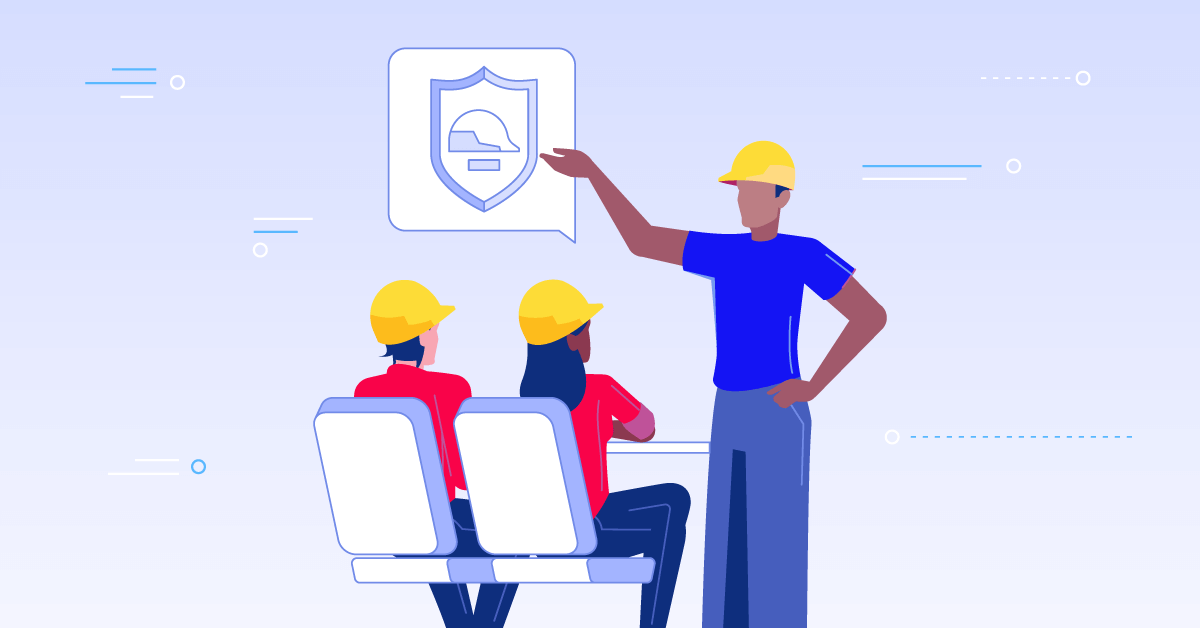 Elearning allows both students and business executives to learn anywhere and at any time. You can learn from virtually any place with a computer or mobile device and internet connection, meaning you can study from home, on vacation or in your break. But elearning is more than about convenience and there are fundamental differences between elearning in the corporate sector and in education.
Elearning allows both students and business executives to learn anywhere and at any time. You can learn from virtually any place with a computer or mobile device and internet connection, meaning you can study from home, on vacation or in your break. But elearning is more than about convenience and there are fundamental differences between elearning in the corporate sector and in education.
Corporate training
The role of corporate training is to ensure an employee has the knowledge and skills to undertake a specific operation to enable an organization to continue to operate. Fundamentally, corporate training is centered on knowledge transfer. For example, conferences and workshops are an essential yet expensive part of business and elearning makes it affordable and efficient – sales people, for instance, can receive their training on new products and sales strategies online. Elearning can be translated to lower costs to deliver training in a shorter period of time, especially when employees are spread worldwide.
Corporate education however adds another dimension and depth to training by involving learners as participants in generating new knowledge that assists an organization to develop and evolve.
The main characteristics of corporate learning are:
Fast-paced: Enterprise learning is mostly “fast paced” because “time is money” in the corporate world. Training needs to be delivered in as short a time frame as possible with maximum results.
Career-related: Enterprise learning helps employees gain new skills to advance their careers inside the company. Enterprise LMSs have additional modules to facilitate that process.
Benefits organization: Enterprise learning focuses mainly on pragmatic issues with immediate benefits for the organization rather than just individual benefit. Ultimately training is required for the organization to function correctly, and corporate education in order for it to evolve and develop.
Training vs. Education: Enterprise is mostly focused on training, while education is mostly about learning though “igniting curiosity” (check out this related post on ‘Learning through Curiosity’). Training usually means the act of being prepared for something, of being taught or learning a particular skill and practicing it until the required standard is reached. This has obvious practical implications for the workplace.
Return on investment: An enterprise needs to be able to calculate the ROI of its learning investment. In an educational context this ROI is difficult to calculate and usually the effects of learning take years to show.
Education sector
In comparison with corporate learning, learning in the education sector focuses primarily on knowledge transfer and not on training i.e. in education we mainly strive to learn things with global scope (e.g. a subject such as mathematics) whilst corporate elearning is more focused on business needs (e.g. new recruit induction). The word education means to gain general theoretical knowledge and this may or may not involve learning how to do any specific practical work, tasks or skills. Please note that there is some overlap and that the word ‘education’ can also refer to a process of training or receiving tuition. For example, basic training in a field such as health services is usually a combination of theoretical, educational and practical learning skills.
Convergence
Corporate elearning professionals can learn from academic elearning initiatives and vice versa, and we are currently seeing a convergence of academic and corporate elearning needs. For example, the academic space is starting to gravitate towards incorporating corporate methods in the classroom on how certain topics are taught. And on the corporate side they’re shifting the model of utilizing technologies in a way that supports the traditional classroom of academics especially with regards to blending technologies.
There is obvious overlap: mobile learning for example is becoming increasingly popular with learners having one if not more mobile devices in their possession and taking these devices to school or work. Learners have access to the internet and social networks via these mobile devices so all the technologies required to gather information, create content and communicate with other people are readily available and naturally create an environment conducive to learning. Currently both the education and corporate sectors are struggling to answer the exact same questions: how do we use these for learning? How do instructional design, and teaching methodologies and theories apply to delivering content via mobile devices? It’s only natural for knowledge to be shared across the table.
About the author
Roberta Gogos is a Social Media & Content Marketing Consultant and eFront Learning’s Community Manager, she is contributing author to a number of blogs and focuses on social media, culture-specific communication, technology, and elearning. She can be contacted @rgogos or via LinkedIn.


